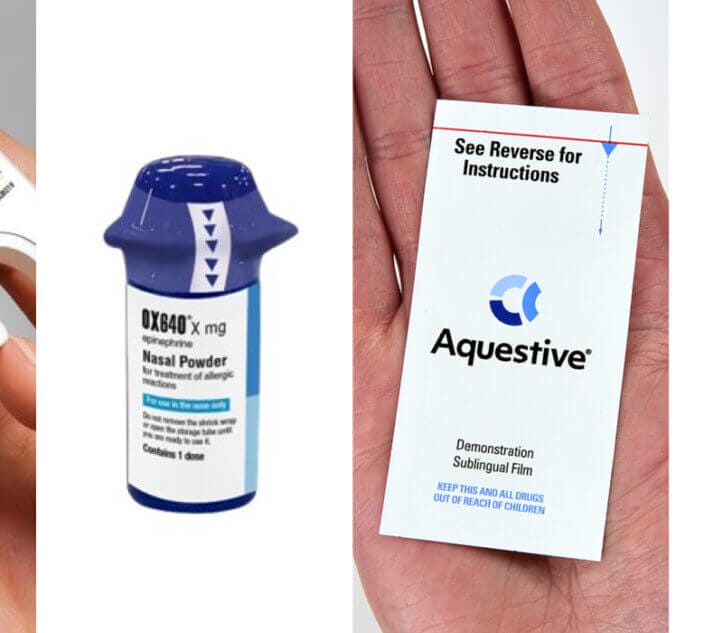
Dr. Watson: Latex is the sap of the rubber tree, which is used to make a lot of common items, such as balloons, erasers, surgical gloves and other medical materials.
The cause of the latex allergy is not known, but may be due to the frequent early exposure through surgeries or other medical treatments. Reactions to latex include watery eyes, runny nose, sneezing, rash, hives, swelling, itching and respiratory problems in extreme circumstances.
There are several risk factors for latex allergy, including: children with spina bifida, those who have multiple surgeries, healthcare workers and those using rubber in the workplace. It’s not clear if your child has any of these risk factors.
Some people with latex allergy also become cross-reactive with certain foods. You’ll want to discuss that with your allergist. The more common food triggers include bananas, avocados, kiwi, bell peppers, tomatoes and chestnuts.
Latex Allergy: Carry Epi
Unfortunately, the only treatment for latex allergy is avoidance of products with latex. An allergist can give you specific advice about which products to avoid and which are safe.
Your child should have an epinephrine auto-injector and a medical awareness bracelet. Several places are extremely important to institute latex-free precautions for your child. These include the dentist’s office, the emergency department and the operating room, should your child require any surgery.
Dr. Wade Watson is a pediatric allergist and Professor of Pediatrics at Dalhousie University. He is also the head of the Division of Allergy at the IWK Health Centre in Halifax.
Related Reading:
Allergy & Asthma Network’s Guide to Latex Allergy
Latex Allergic Mom’s Dangerous Reaction to Holiday Plant



